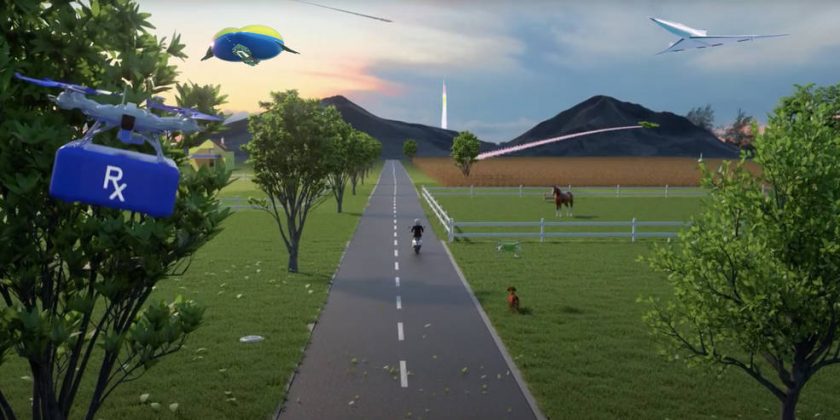US National Aeronautics and Space Agency (NASA) invites input to help define what a “Sky for All” might look like by 2050. NASA has released briefing that asks:
- What additional research and development will be required to fully realize those selected dreams?
- How soon do we need to begin that work and what technology still needs to be perfected?
To answer those questions, NASA is looking for expert counsel from anyone and everyone with a stake in what the future of air travel should look like by mid-century. Their input will help define that future vision for the “Sky for All.”
Two upcoming online gatherings will provide more information about “Sky for All” to anyone who might want to offer input and contribute to the future vision for aviation that will guide NASA’s research during the next three decades or so.
The first is imaginAviation, a free three-day virtual event that will be held March 1-3, 2022. Many of NASA’s aeronautical innovators will present updates on the programs and projects they are working on. “Sky for All” will be featured as well. For more information and to register, click here.
The second is a free webinar dedicated to the “Sky for All” vision. The online event will be held March 28, 2022. For more information about the webinar and to register, click here.
According to the NASA briefing paper:
“Sky for All is all about that articulation of where we want to be during the mid-21st century and what we need to do to get there,” said Shawn Engelland, NASA’s lead for “Sky for All.” It will include some specific examples of what the future will look like, but it’s not meant to provide a concept of operations for some large-scale air transportation system. Nor is “Sky for All” the name of a specific research program or project.
The idea is that information compiled for “Sky for All” will be able to guide decisions on where NASA should invest its research resources during the coming years. This information also will help the Federal Aviation Administration make its research investment decisions as it pursues a similar effort known as “Charting Aviation’s Future: Operations in an Info-Centric National Airspace System (NAS).
While the FAA’s effort is focused on a sooner 2035 timeframe, “Sky for All” seeks to describe what air travel will look like beyond 2035 in the mid-21st century.
“It’s important that we collaborate on this vision we’re developing for the mid-century NAS and understand how the NAS needs to transform in order to enable operations that are flexible, sustainable, secure, and connected,” said Kurt Swieringa, NASA’s deputy manager for technology of the Air Traffic Management – eXploration project.
The centerpiece of this collaboration with industry, academia, and other government agencies is a publicly accessible website in which the “Sky for All” vision is explained in much more detail, and input is invited on nearly every page.
For more information visit:
www.nasa.gov




